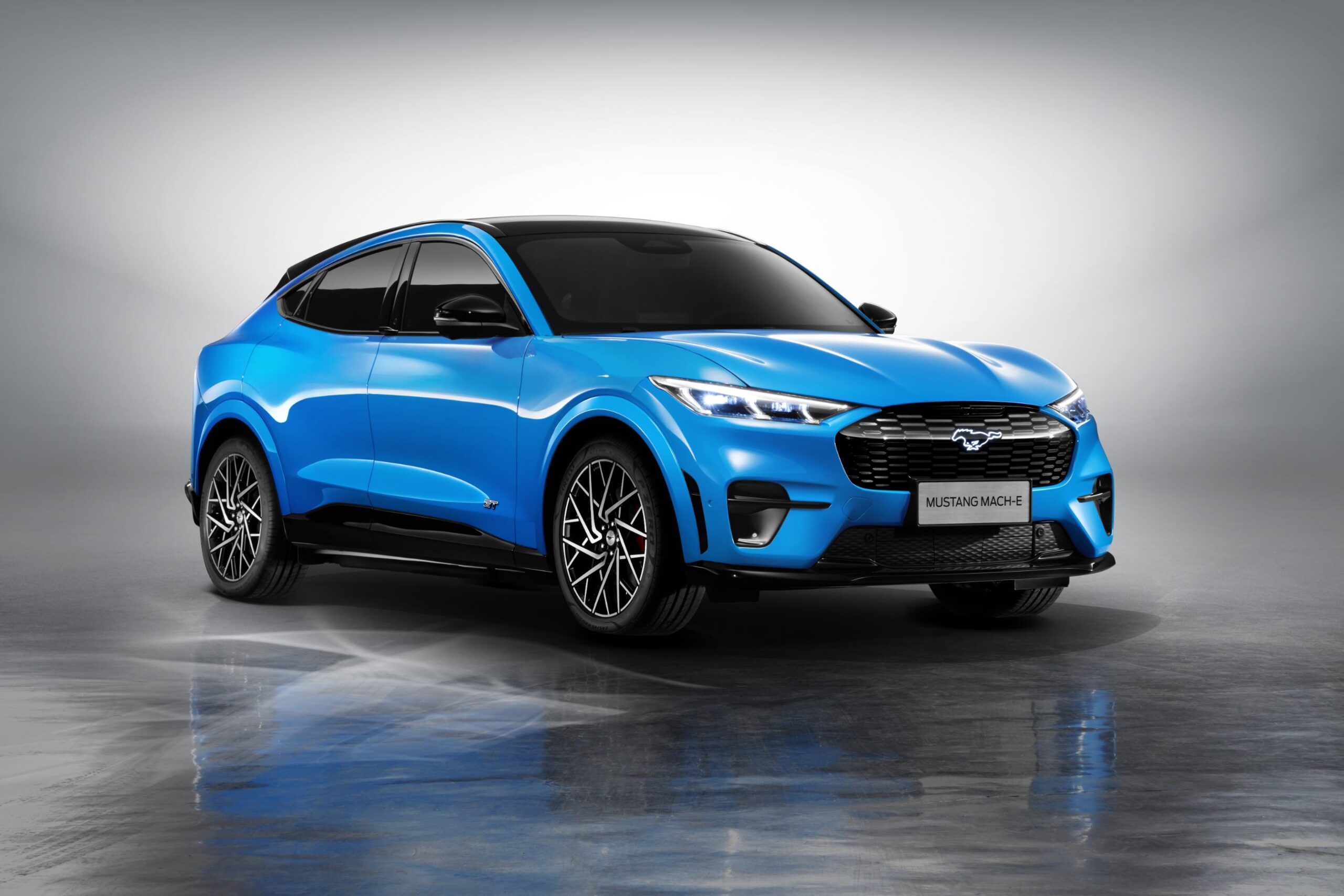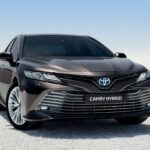

Electric Cars What You Need To Know
Electric cars are here to stay, and they’re getting better all the time. They offer many benefits over traditional gasoline-powered vehicles, from lower operating costs to cleaner air. Electric vehicles can also be fun to drive and easy to maintain! In this guide, we’ll explore these topics in depth so that by the end of it you’ll know everything there is to know about electric cars.
There are many benefits of owning an electric car.
There are many benefits of owning an electric car. Electric vehicles (EVs) are quiet and fun to drive, they cost less to own and operate than gasoline-powered vehicles, they have no tailpipe emissions, and they help fight climate change.
It’s easy to charge an EV at home.
With an electric vehicle (EV), you can charge at home overnight, at work, at public charging stations and even in your own garage.
Home charging is the easiest to set up because you don’t need to install any special equipment or pay for installation costs. All you need is an electrical outlet and a charging cable. Home charging is also available for free with one of our plans through PG&E or Southern California Edison Edison (SCE). If you want to charge your car in the morning so it’s ready when you leave for work, this is the best choice for most people.
The two most common types of home charging stations are permanently installed Level 2 stations that use 240-volt power outlets (the highest voltage level used in homes) and portable Level 1 stations that plug into 120-volt outlets (the most common voltage found in homes). Regardless of which type you choose, these systems allow EVs such as the Nissan LEAF® Zero Emission Vehicle® known as “Leaf”™ or Tesla Model 3 Performance™ known as “Model 3 P”™
Public charging stations are plentiful and continue to expand, especially in California.
In addition to the home charging stations, electric car owners have access to public stations that charge their cars. These stations can be found in a variety of locations and include:
- Parking lots: Some parking lots have charging stations available for public use. You’ll usually find these at malls or restaurants where you might spend time while your car charges.
- Homes: Homeowners who live within range of an electric grid may set up their own home charging station and allow other electric vehicle owners to use it if they find themselves in need of a little juice between trips. The best part about this kind of service is that there is no cost for using someone else’s charger as long as you are nice about returning the favor!
Electric cars have no tailpipe emissions.
Electric cars have no tailpipe emissions, meaning they don’t emit any harmful gases into the atmosphere. This is a major advantage over conventional vehicles, which burn fossil fuels that pollute the environment and harm human health.
When you drive an electric car, you’re also not contributing to climate change like you would by using a gasoline-powered vehicle. Electric cars are better for our planet because they generate zero emissions when driving—and even when generating electricity at home through solar panels (in areas with sufficient sunlight).
Electric vehicles can cost less to own and operate than gasoline-powered vehicles.
Electric vehicles can cost less to own and operate than gasoline-powered vehicles.
Electric cars have no tailpipe emissions, making them an environmentally friendly option when compared with traditional gas-powered cars. Electric vehicles are also quieter than gas-powered ones, which means you can enjoy your ride without disturbing those around you. And charging an electric car is simple: just plug it in at night and wake up to a fully charged car in the morning!
EVs help fight climate change.
Electric cars are a zero-emission vehicle. When you turn on the key, your electric car starts silently and cleanly with no tailpipe emissions. You don’t have to worry about carbon monoxide or greenhouse gases constantly polluting your air.
Electric cars are clean, green and quiet. Driving an electric car is better for the environment than driving a gas guzzler because it reduces greenhouse gas emissions by up to 90%. Also, you won’t have to fill up at the pump as often since EVs get about twice as many miles per gallon compared to gasoline-powered vehicles!
When you drive an EV, you can feel good about helping save our planet from climate change by reducing greenhouse gases in our atmosphere which contribute to global warming effects like rising sea levels and unpredictable weather patterns such as hurricanes Harvey & Irma along with other extreme weather events caused by climate change around the world including California wildfires like Paradise Fire that destroyed thousands of homes last November destroying thousands of homes leaving nothing but ashes in its wake.”
EVs are quiet and comfortable.
EVs are much quieter than conventional vehicles, which means they’re also more comfortable. There is no engine noise or vibrations to disturb your peace of mind while driving. The only sounds you’ll hear in an EV are the sounds of other vehicles and the sound of wind against your vehicle.
Surprisingly, this can actually make EVs more fun to drive! You can hear the tires on the road as you accelerate and brake, for example, which gives a nice bump to both performance and pleasure behind the wheel. It also allows you to listen to music or podcasts without having to compromise on your favorite tunes!
Electric cars are fun to drive!
You may want to consider an electric vehicle if you’re looking for a fun drive. Electric vehicles are often quiet and smooth, as there is no transmission and engine noise. They accelerate quickly because they have instant torque (the ability of an engine to produce maximum torque at any given RPM). The smooth ride of an electric vehicle comes from regenerative braking, which helps recharge the battery when you slow down.
EVs offer a zero-emissions driving experience that’s better in many ways than traditional gasoline cars.
Not only are EVs better for the environment, but they also offer a zero-emissions driving experience that’s better in many ways than traditional gasoline cars.
First, electric cars are much quieter and smoother than gas-powered cars. Because they don’t have an internal combustion engine or transmission to make noise, they’re much quieter when you’re idling at stoplights or driving around town. And because EVs don’t need to be lubricated with oil like gas vehicles do, they’re even quieter while you’re driving down the road—virtually silent at speeds under 50 miles per hour!
Second, electric vehicles have no tailpipe emissions (other than heat). Two of the biggest problems with traditional vehicles are greenhouse gases and nitrogen oxides (NOx)—and neither of these issues exist with an EV’s battery powertrain! As a result of this lack of pollution from your vehicle’s exhaust pipe (or “tailpipe”), air quality around metropolitan areas has been shown to improve dramatically due to reduced ozone levels during summer months when compared against similar locations further away from cities where fossil fuel vehicles still drive regularly on busy freeways every day before work starts again after lunchtime break ends at noon each day for half-hour lunch breaks between 12pm Noon through 1pm PM noon before heading back home again later that afternoon after work hours end at 3pm3 pm until 5pm5 pm
A network of charging stations is growing rapidly, with an emphasis on quick charging options.
Charging stations are growing in number and speed. There are three types of charging stations:
- Slow, Level 1 charging—usually 120 volts, usable at home or in public parking lots. This is sufficient for a full charge overnight, but at a snail’s pace of 6 miles per hour of driving range per hour of charging time.
- Quick charging—typically 240 volts AC level 2 or direct current DC level 3 that can fully charge an electric car within an hour to two hours depending on the size of its battery pack (more on this in section 6).
- Fast charging—DC level 3 that delivers up to 100 kilowatts (kW) into an electric vehicle’s battery pack, meaning it can replenish 80% of its capacity in 20 minutes or less, depending on how depleted it is when plugged in.
On average, it only costs $3 to fully charge an electric vehicle.
- On average, it only costs $3 to fully charge an electric vehicle.
- Electricity is cheaper than gasoline and oil. In fact, the price of electricity has been rising less quickly than the cost of fuel for conventional cars in recent years. For example, according to the US Energy Information Administration (EIA), between 2010 and 2017, gas prices increased by 69% while electricity prices only increased by 12%.
- Charging your car at home is free—and if you have solar panels on your roof or access to renewable energy through a local cooperative or utility company, you can use that power instead of using electricity from the grid (which means you’re basically getting free electricity).
Federal tax breaks can help significantly reduce the price of buying an electric car.
The federal government offers a tax credit of up to $7,500 for the purchase of an electric car, with an additional credit worth up to $2,500 available for the installation of a home charging station. The credit is available for the first 200,000 EVs sold by each manufacturer; after that point, it begins to phase out.
Leasing an electric car can also be cheaper than purchasing one outright.
Another cost-savings strategy is to lease an electric car rather than purchase it outright. The monthly payments on a lease are usually lower than the purchase costs of the same vehicle—and there’s no headache involved with selling your old one either.
Leasing allows you to drive new cars every two or three years without having to worry about resale value (the value of a used car after it has been driven for more than a few miles). You can also save thousands by getting an all-electric version of a popular nameplate, such as Ford’s Focus Electric or Nissan’s LEAF—even though these cars’ MSRP prices aren’t cheap in comparison with their gas counterparts.
Electric cars are here to stay and they’re getting better all the time!
Electric cars are here to stay and they’re getting better all the time.
Electric cars have many advantages over gasoline-powered vehicles: they’re cheaper, more efficient, quieter, less polluting and easier to maintain. Why then don’t we all drive electric cars? Well for one thing the range is still limited so you can’t go as far on a single charge as you can with an old fashioned gas guzzler; but also because there aren’t enough charging stations yet—or at least not at every gas station or rest stop along your route!
Related posts


Affordable Car Insurance Tips: Maximize Savings with Expert Advice

Essential Tips for Buying a New or Used Car: What Every Buyer Needs to Know







